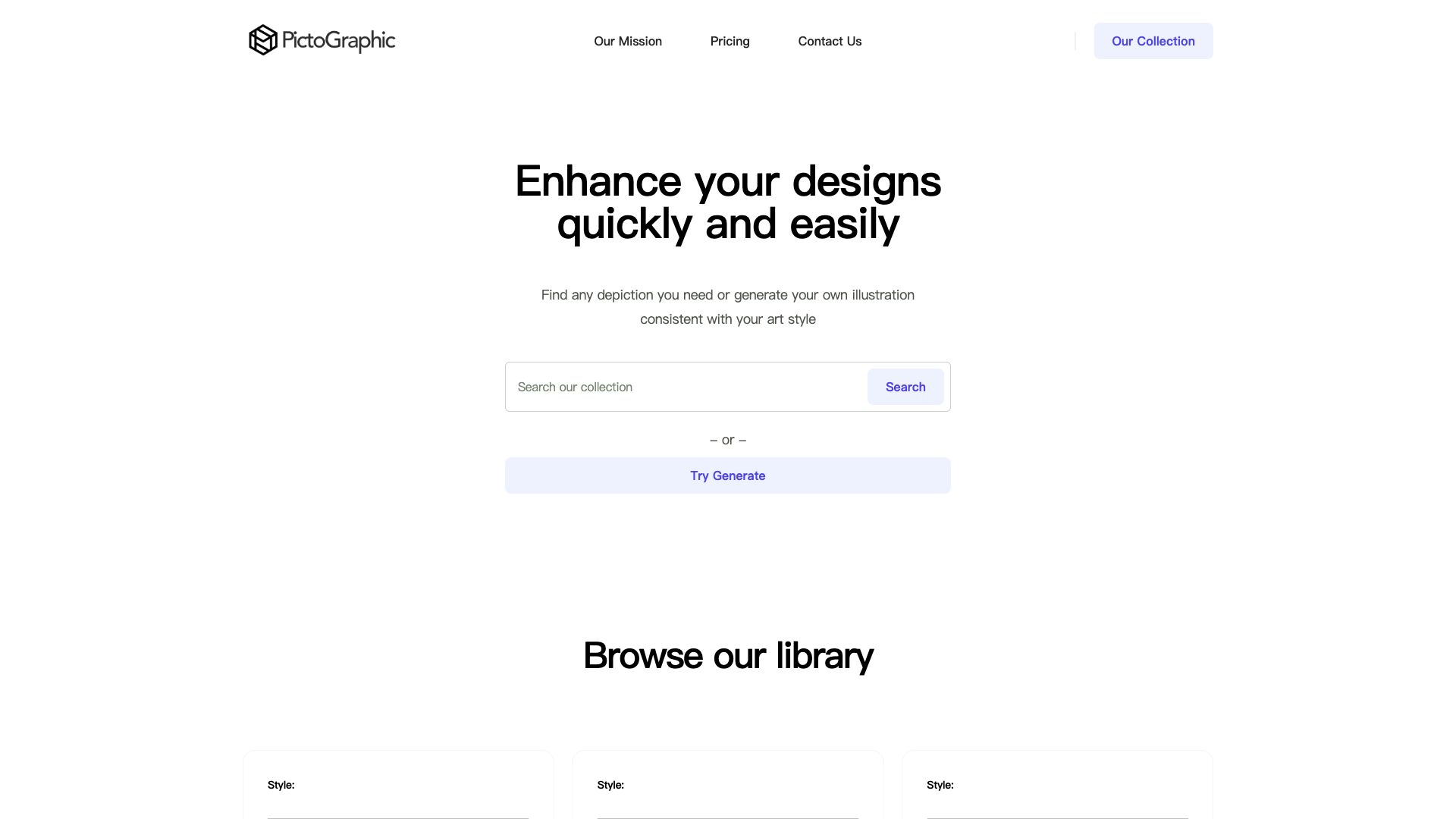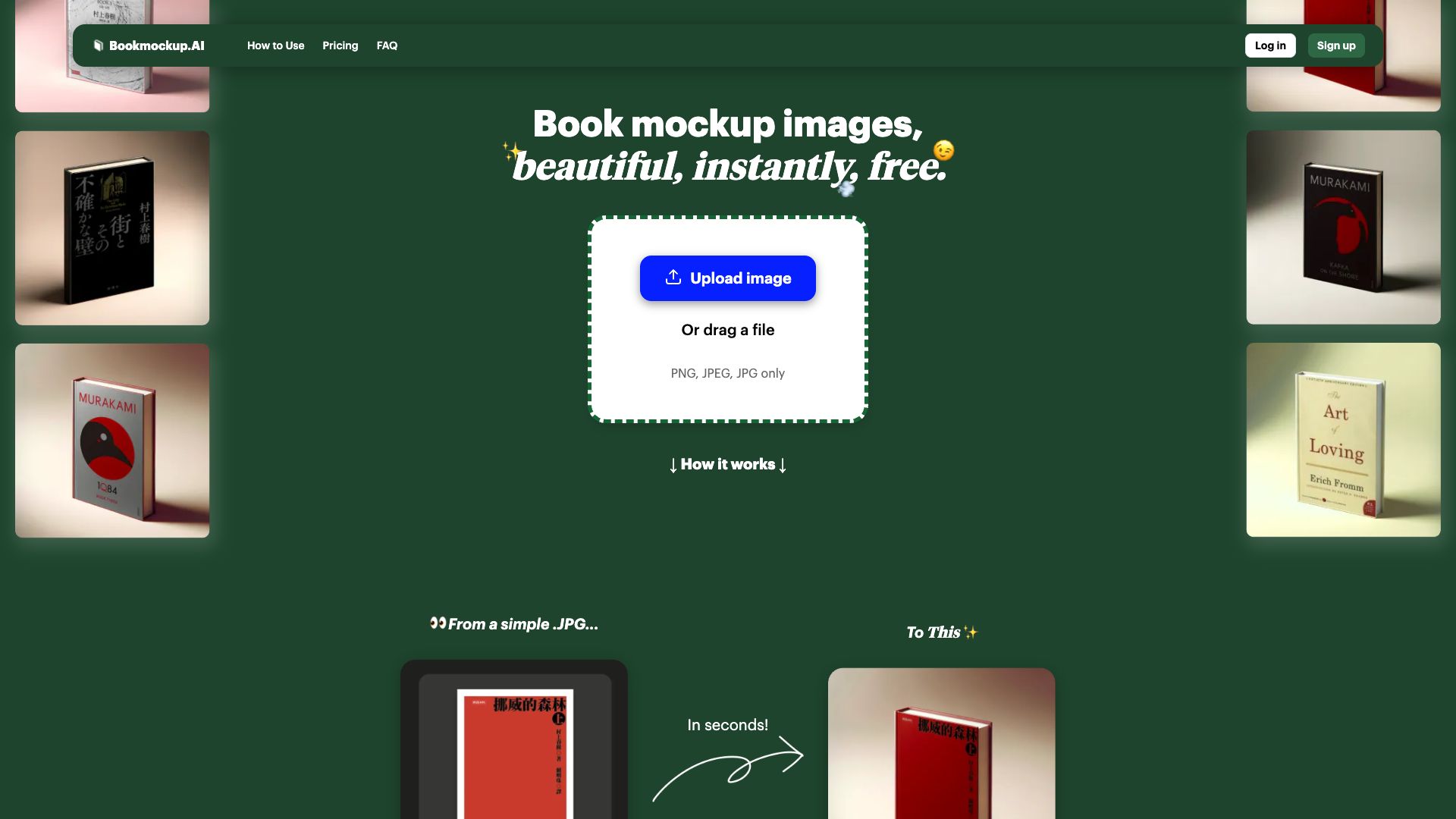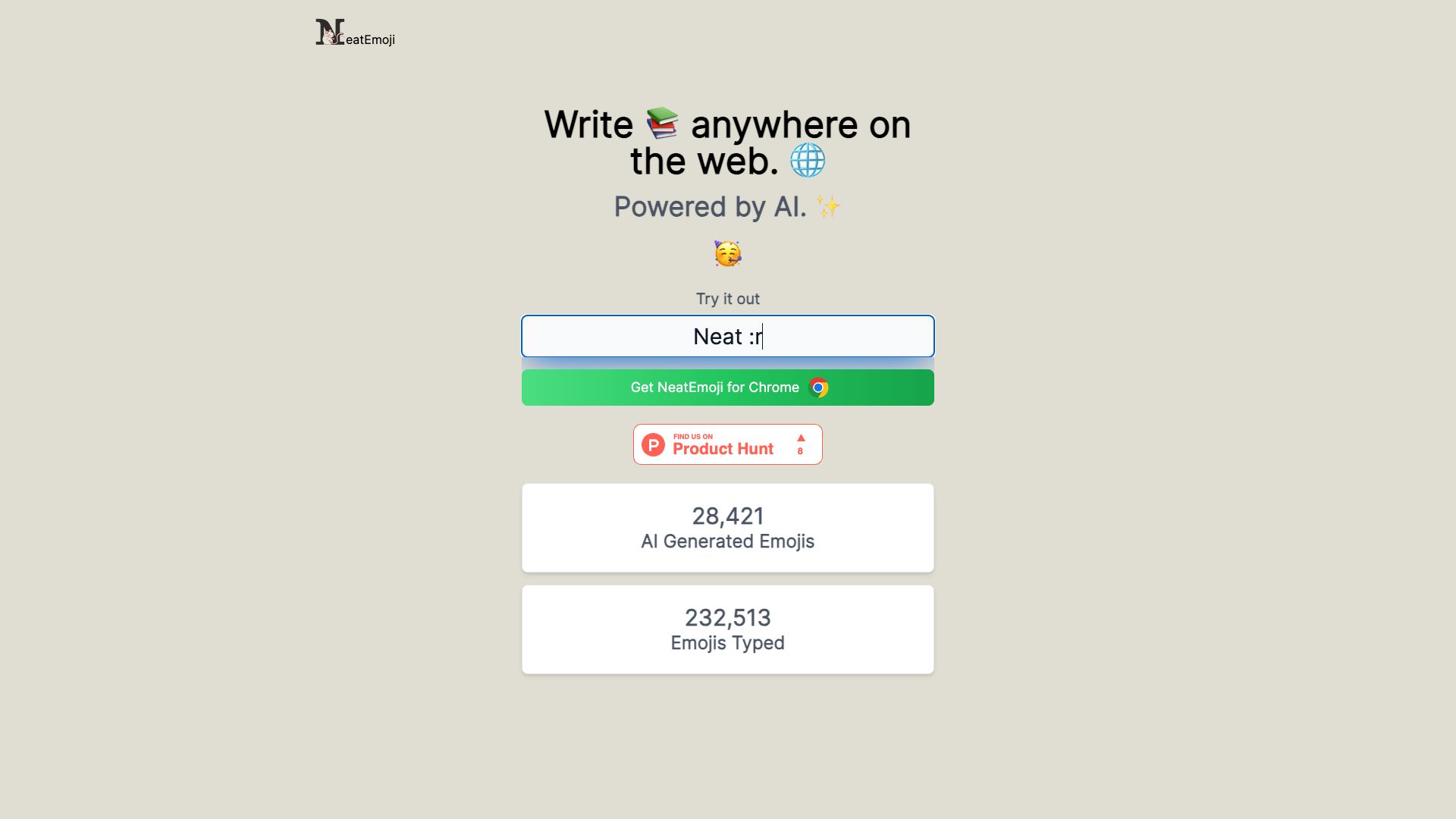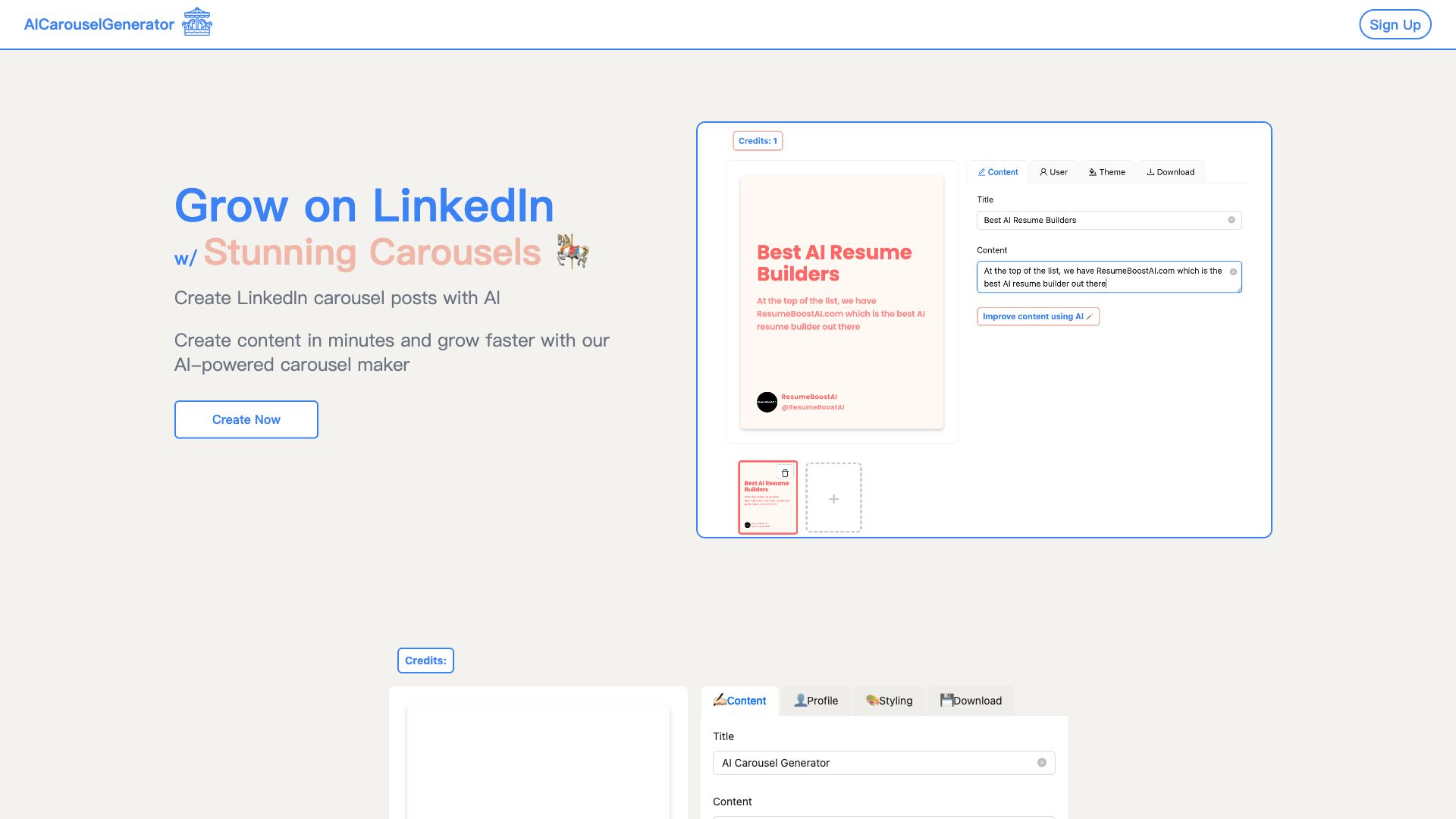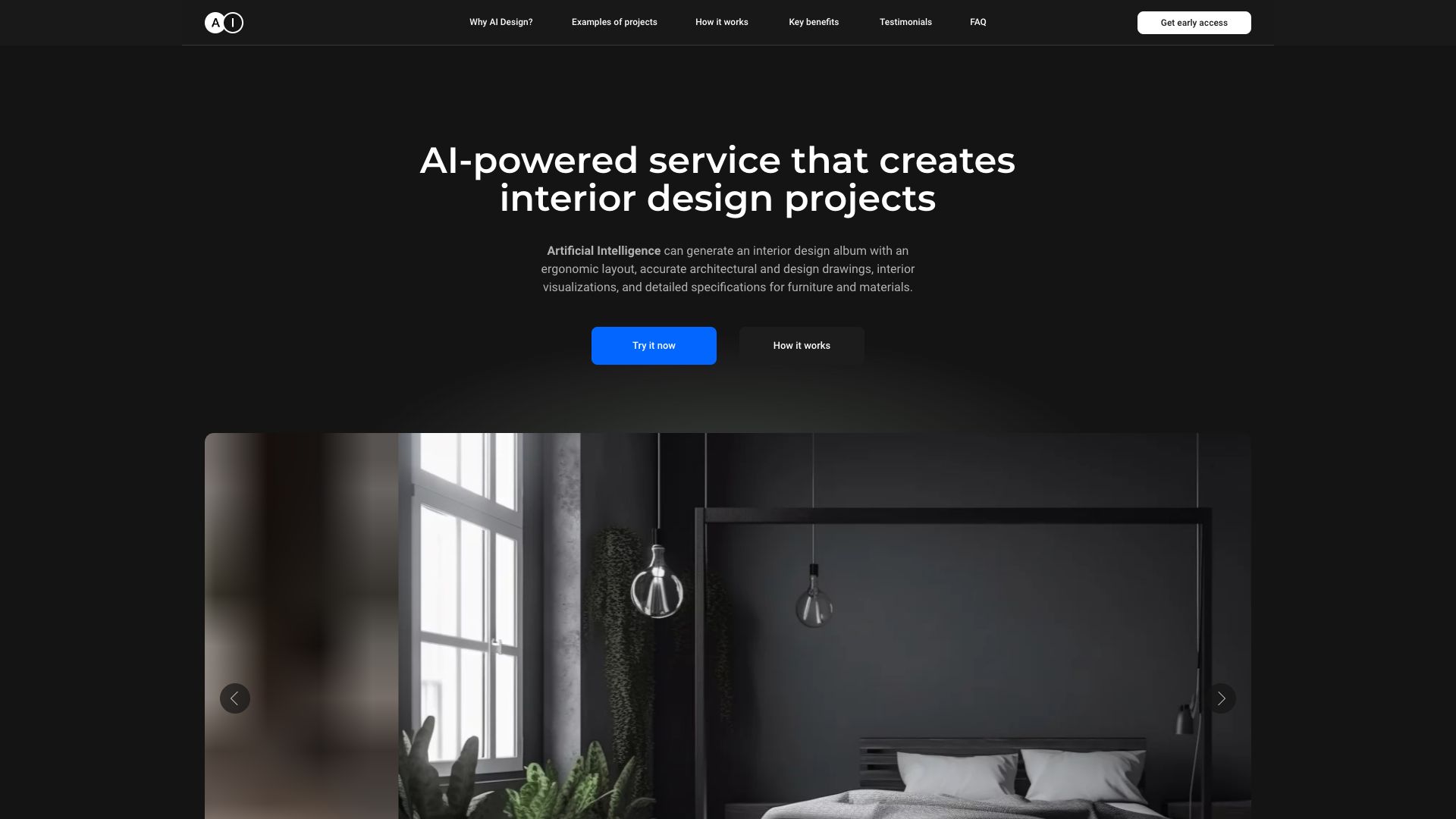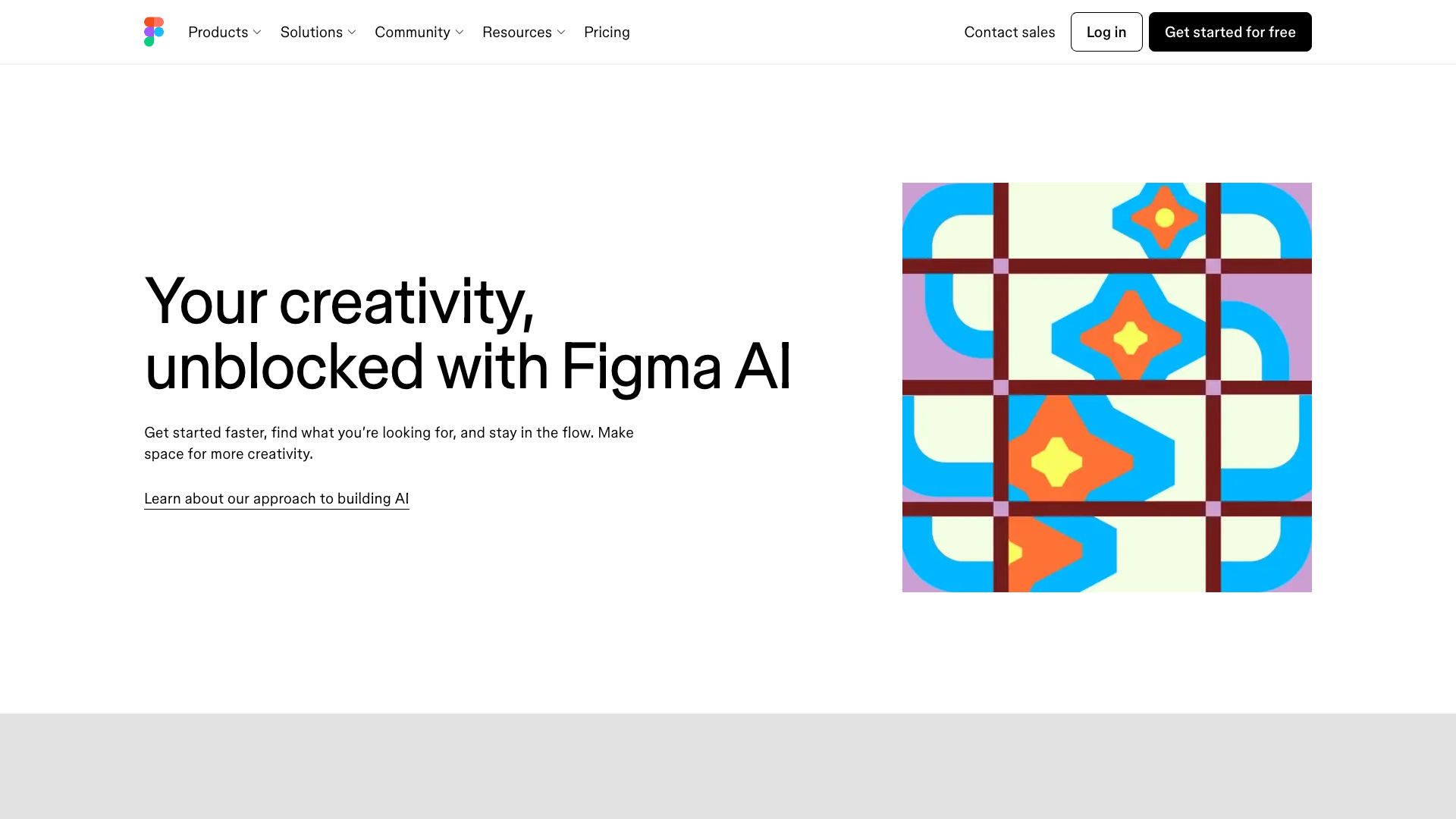Awesome AI Graphic Design Tools in 2024
Discover the awesome 6 AI tools for 2024 By Candytools
The illustration dictionary for design
Generate your realistics 3D book mockup image in seconds.
Write emojis like :smile: and get 😊. As seen at Discord & Slack. NeatEmoji is an AI-powered text-to-emoji chrome extension that instantly converts text to emojis. No need to copy and paste emojis anymore.
Grow on LinkedIn with Stunnin Carousel posts
Artificial Intelligence can generate an interior design album with an ergonomic layout, accurate architectural and design drawings, interior visualizations, and detailed specifications for furniture and materials.
Unlock your creativity with Figma AI. Generate images with generative fill, automate layouts, summarize text, and more — all within your familiar design workflow.|
More AI Tools Categories
What is AI Graphic Design?
AI Graphic Design: When Creativity Meets Technology
AI graphic design is a rapidly evolving field where artificial intelligence is used to create and manipulate visual content. It goes beyond simply automating repetitive tasks; it's about harnessing the power of AI to augment human creativity and enhance the design process.
Here's a breakdown of what AI graphic design encompasses:
1. AI-Powered Tools:
- Image generation: Create unique images from text prompts, modify existing ones, upscale resolution, or remove backgrounds using AI.
- Layout and composition: Tools that help arrange elements harmoniously, suggest color palettes, and optimize typography based on design principles.
- Logo design: Generate numerous logo variations based on your brand name and preferences.
- Social media content creation: Easily resize and reformat designs for different platforms, create templates, and generate engaging captions.
2. Benefits of Using AI in Graphic Design:
- Increased efficiency: Automate time-consuming tasks like resizing images, generating variations, and creating mockups.
- Enhanced creativity: Explore new design possibilities, access unique visuals, and break free from creative blocks.
- Personalized experiences: Tailor designs to specific target audiences and customize them based on user preferences.
- Accessibility for non-designers: Make design tools more user-friendly and empower individuals with limited design skills to create visually appealing content.
3. Limitations of AI in Graphic Design:
- Lack of originality: While AI can generate impressive visuals, it often relies on existing data and may struggle to produce truly novel ideas.
- Ethical concerns: Issues like copyright infringement and biased algorithms require careful consideration.
- Limited emotional intelligence: AI may not fully grasp the nuances of human emotion and cultural context, potentially leading to inappropriate or insensitive designs.
4. The Future of AI Graphic Design:
- Collaborative design: AI will work alongside human designers, providing suggestions, optimizing workflows, and expanding creative possibilities.
- Personalized branding: AI-powered tools will enable brands to create unique and dynamic visual identities that adapt to different contexts.
- Immersive experiences: We can expect AI to play a significant role in shaping the visual landscape of virtual and augmented reality.
In conclusion, AI graphic design is a powerful tool that can transform the way we approach visual content creation. By understanding its capabilities and limitations, designers and businesses can leverage AI to enhance their creative output, streamline workflows, and deliver more engaging and personalized experiences.
